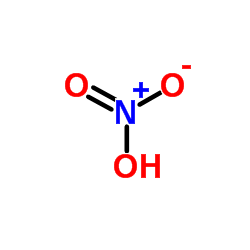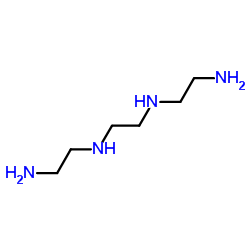| Structure | Name/CAS No. | Articles |
|---|---|---|
 |
Hydrochloric acid
CAS:7647-01-0 |
|
 |
nitric acid
CAS:7697-37-2 |
|
 |
Methanol
CAS:67-56-1 |
|
 |
Triethylenetetramine
CAS:112-24-3 |
|
 |
HYDROGEN CHLORIDE ~1.25 M IN METHANOL, 250 ML
CAS:132228-87-6 |